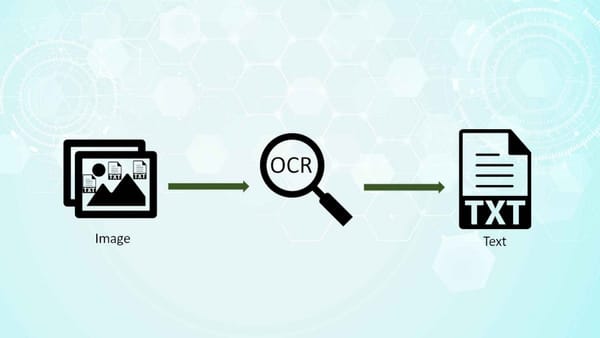Comprehensive comparison of top online OCR performance
Comprehensive comparison of top OCR technologies.

In the fast-paced digital age, the demand for efficient document management solutions has never been higher. Streamline your document management with precision—an insightful online OCR comparison awaits. With the exponential growth of online content, businesses and individuals alike seek tools to streamline their workflow, enhance productivity, and facilitate seamless information retrieval.
In this landscape, Online OCR (Optical Character Recognition) emerges as a cornerstone technology, revolutionizing the way we interact with digital documents.
Understanding Online OCR
Online OCR is a transformative technology that converts scanned images or PDFs containing text into editable and searchable formats. Leveraging sophisticated algorithms, it recognizes characters within images, enabling users to extract, edit, and manage textual content effortlessly. This capability transcends traditional document handling constraints, empowering individuals and organizations to digitize vast amounts of information rapidly.
Accuracy: The Cornerstone of Effectiveness
Accuracy lies at the heart of Online OCR effectiveness. A robust OCR solution must accurately recognize characters across different fonts, languages, and document layouts. Cutting-edge OCR engines employ advanced machine learning algorithms, continually refining their recognition capabilities to achieve unparalleled accuracy levels. By minimizing errors and preserving document integrity, high-accuracy OCR solutions ensure optimal user experience and productivity.
Speed: Driving Efficiency and Productivity
In today's fast-paced digital environment, speed is of the essence. Top Online OCR solutions must offer swift processing times without compromising accuracy. Rapid conversion rates expedite document digitization workflows, enabling users to access and manipulate content promptly. Whether handling individual documents or bulk processing large volumes of files, efficient OCR speed accelerates task completion and enhances overall efficiency.
Language Support: Embracing Diversity
Language diversity poses a significant challenge in document processing. Effective Online OCR solutions boast extensive language support, accommodating a myriad of languages and dialects worldwide. From English and Spanish to Chinese and Arabic, comprehensive language coverage ensures inclusivity and accessibility across global user bases. By seamlessly recognizing multilingual content, OCR solutions cater to diverse user needs, transcending linguistic barriers and fostering inclusivity.
Now we move on to the comparison.
The top online OCR comparison at a glance:
Best For | Special Features | Pricing | |
Quick mobile scan for Microsoft users | Simple and straightforward | Free | |
Printed and Handwriting OCR | Support multiple languages. Support Math equation and spelling correction with ChatGPT. | Free plan available | |
iPhone users | Native iOS App | Free | |
Printed font scan | Multiple output options | $9.99/month or $69.99/year or $299/lifetime | |
Printed font scan | Simple to use | $4.99/month or $49.99/year | |
Handwriting OCR | Both App and Online forms are available | Online OCR $9.99 - $99.99/month paid plan | |
Printed font scan | Support multiple languages. | $7.99/month or $60.99/year |
Our procedure for online OCR comparison testing
A more technically rigorous evaluation would involve running a dataset against each candidate. However, for the sake of readability and accessibility to a general audience in this article, we opted to select specific images as standardized test subjects. We then employed these OCR tools to process the chosen images, followed by an assessment of each tool's performance based on the obtained results.
Input #1: a certificate
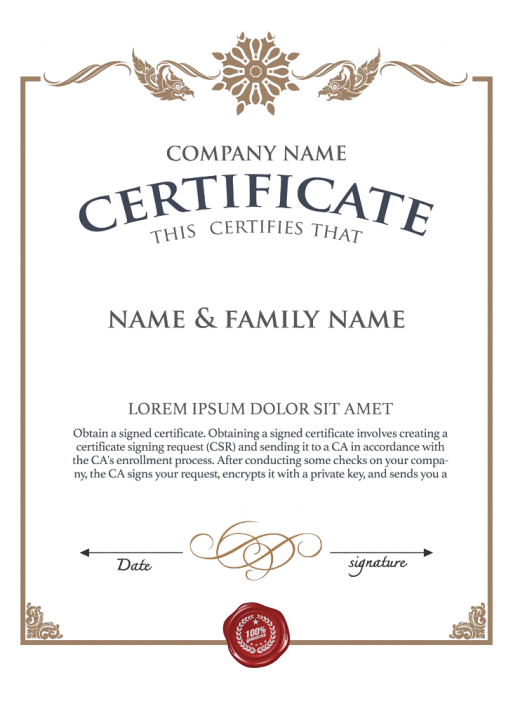
Input #2: a book page image

Input #3: a handwritten note
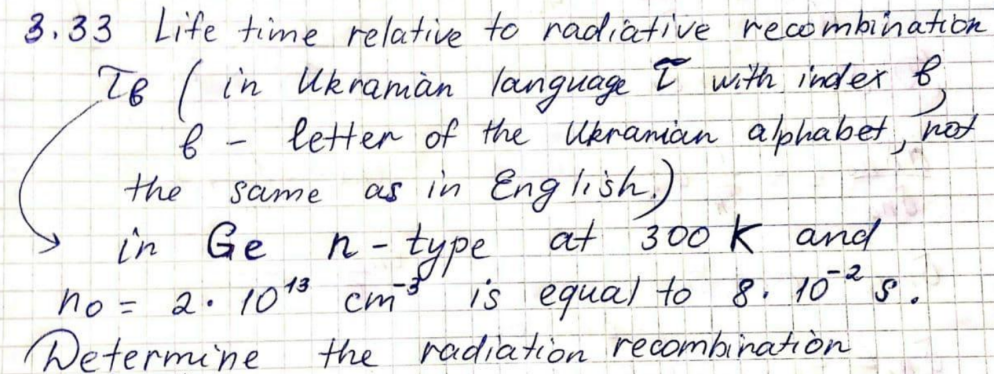
Input #4: a printed receipt
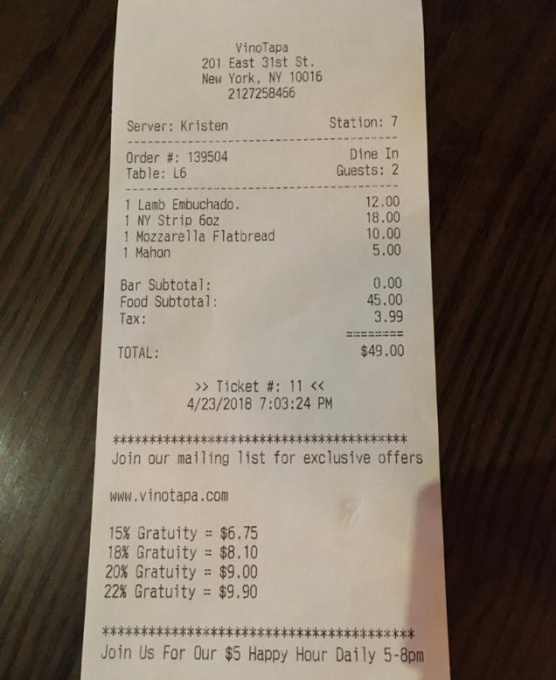
These are the results we obtained.
1: Microsoft Lens
Speed: Slow
The average return of a single image is around 4.3 seconds
Accuracy:
The certificate: 81.4% (error 64/343)
The book: < 30%
The handwriting: 0% (no returned result)
The receipt: 80.2% (error 81/408)
Clearly, Microsoft stands out as one of the top contenders in the OCR domain. Alongside its integration with Office and tailored solutions for enterprise usage, Microsoft offers cutting-edge handwriting recognition technology. Therefore, the test results of Microsoft Lens should not detract from the overall strength of Microsoft's OCR capabilities.
Here are some errors shown in the result.
No result from handwriting test.
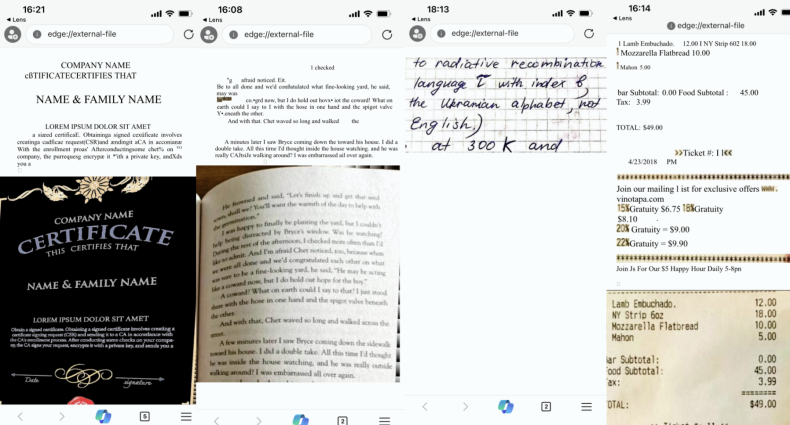
2: Grabtext
Speed: Slow
The average return of a single image is around 7.1 seconds
Accuracy:
The certificate: 100% (error 0/343)
The book: 99.08% (error 14/1517, photo boundary not compliant with requirement)
The handwriting: 100% (error 0/177)
The receipt: 100% (error 0/408)
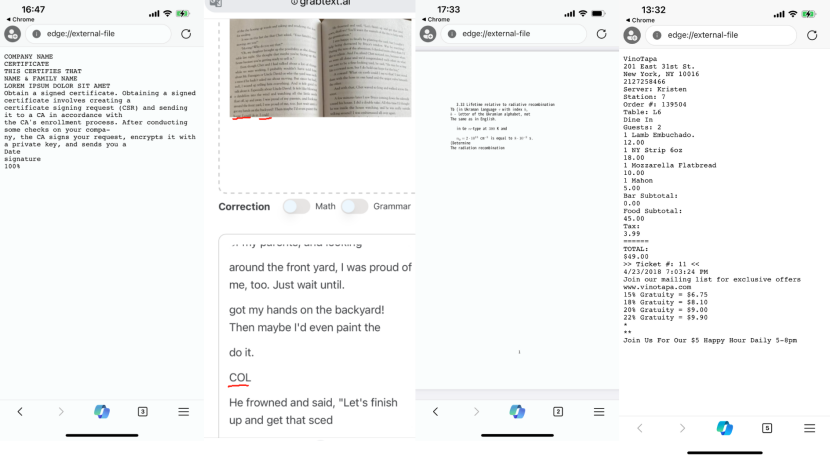
3: Apple Notes
Speed: Fast
The average return of a single image is around 2 seconds
Accuracy:
The certificate: 100% (error 0/343)
The book: 80.5% (error 297/1517)
The handwriting: 87.6% (error 0/177)
The receipt: 95.1% (error 0/408)
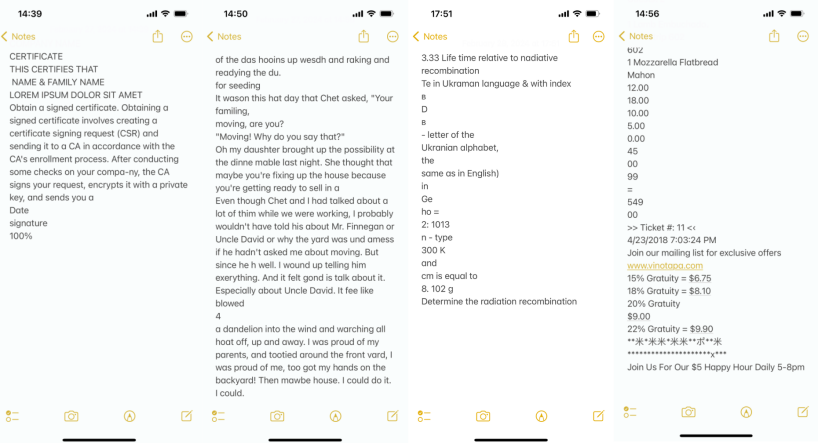
4: CamScanner
Speed: Fast
The average return of a single image is around 2.2 seconds
Accuracy:
The certificate: 96.3% (error 13/343)
The book: 100% (error 0/1517)
The handwriting: 87.6% (error 11/177)
The receipt: N/A
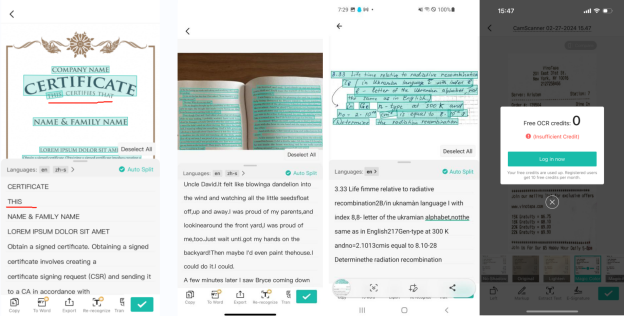
5: Tiny Scanner
Speed: Slow
The average return of a single image is around 6 seconds
Accuracy:
The certificate: 91.9% (error 28/343)
The book: 39.7% (error 915/1517)
The handwriting: 74.1% (error 46/177)
The receipt: 91.7% (error 34/408)
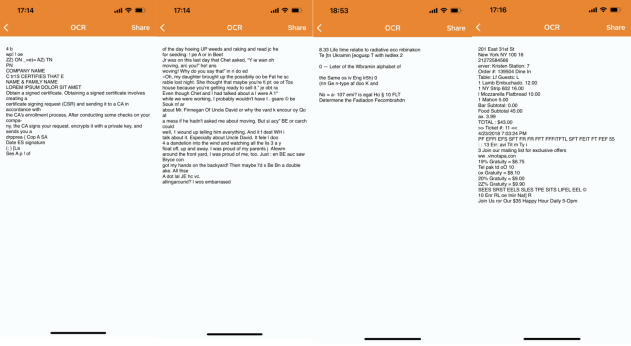
6: Pen to Print
Speed: Slow
The average return of a single image is around 8.4 seconds
Accuracy:
The certificate: 100% (error 0/343)
The book: 99.8% (error 3/1517)
The handwriting: 96% (error 7/177)
The receipt: 100% (error 0/408)
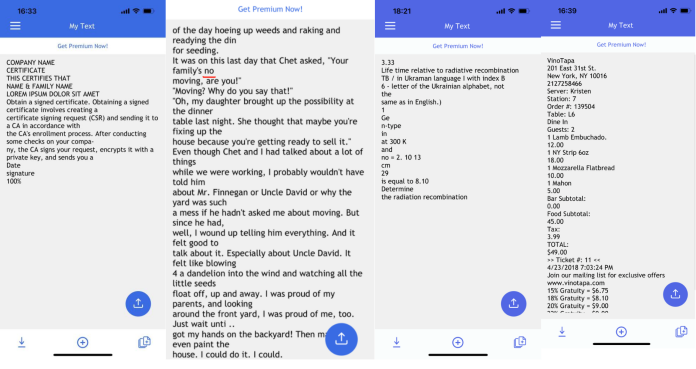
7: Text Scanner
Speed: Fast
The average return of a single image is around 2.4 seconds
Accuracy:
The certificate: 98% (error 0/343)
The book: 65% (error 530/1517)
The handwriting: 52.2% (error 67/177)
The receipt: 98.8% (error 5/408)
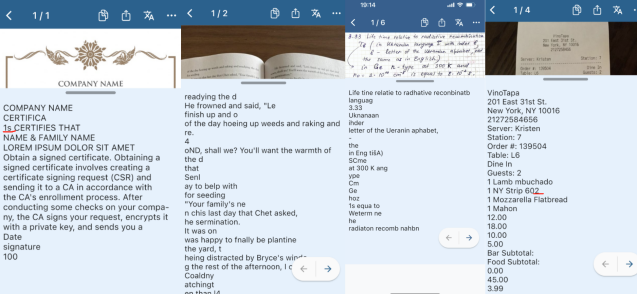
Conclusion
At last, we conducted a thorough online OCR comparison of several OCR solutions, including Apple Notes, Grabtext, CamScanner, Microsoft Lens, Tiny Scanner, Pen to Print, and Text Scanner.
Each solution showcased distinct strengths tailored to specific needs. For tasks involving handwriting recognition, options like Apple Notes, GrabText.ai, and Pen to Print stand out as optimal choices.
However, for users prioritizing a balanced blend of speed and accuracy, Apple Notes emerges as the top recommendation.
Read: Exploring the advanced AI technology driving image scan OCR
How do I scan with my phone?
In this array of applications, all geared toward text scanning, lies an impressive array of capabilities. Each of these tools, whether native or through external integration, offers the ability to scan and manipulate text according to your preferences—a truly remarkable feat.
What's even more astonishing is that some online OCR services, such as grabtext.ai, can seamlessly access your mobile phone's camera without requiring a dedicated app installation.
For users of Apple devices like iPhones or iPads, the built-in functionality simplifies the process further. A mere snapshot or screenshot of text prompts a convenient button, allowing for effortless highlighting, copying, and pasting.
Personally, I've integrated this feature into my routine, finding it remarkably precise in capturing even the most intricate text details. Admittedly, some adjustments may be necessary when dealing with formatting quirks like awkward line breaks, particularly when copying lengthy paragraphs. Nevertheless, the sheer convenience offered is unparalleled.

